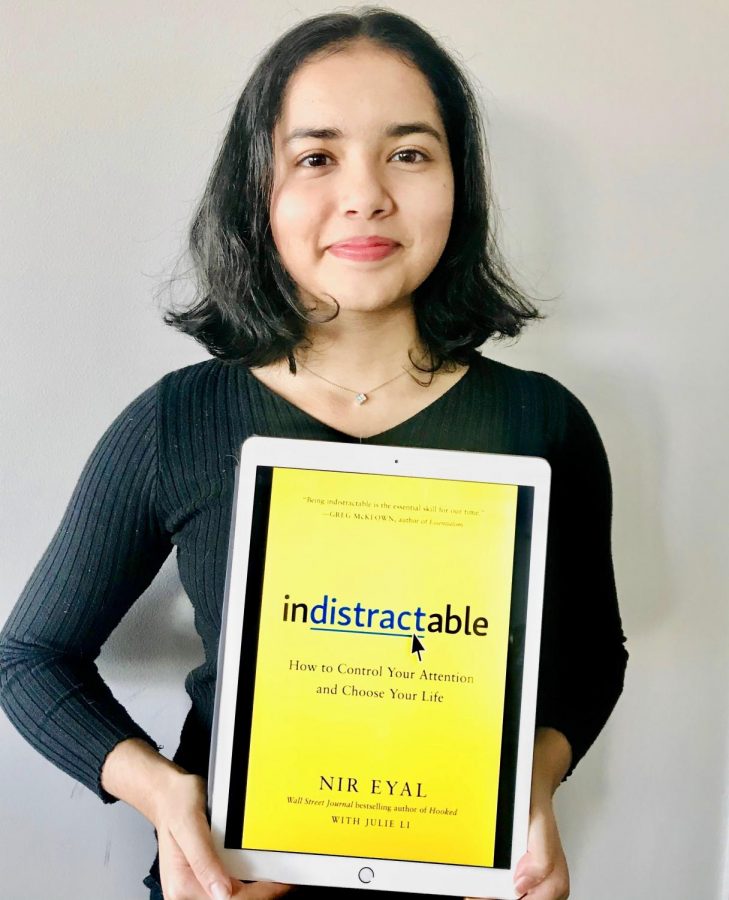
When I wrote my first book Hooked: How to Build Habit-Forming Products, I wasn’t doing many speaking engagements.

What made you want to write a book about fighting distraction? Here, Eyal describes his journey in becoming “indistractable” and suggests some techniques for staying focused at the office and at home. “Distraction isn’t about the distraction itself, it’s about how we respond to it.” “Unless we deal with the root causes of our distraction, we’ll continue to find ways to distract ourselves,” Eyal writes. In his new book, Indistractable: How to Control Your Attention and Choose Your Life, former Stanford GSB lecturer and member of the MBA Class of 2008 Nir Eyal argues that we can “hack back” our attention spans by slashing the idea that we’re addicted - and helpless - when it comes to technology. Learn to use your phone’s Do Not Disturb settings.ĭistraction is nothing new, though our dependence on smartphones and social media make more tempting than ever to toggle between tasks. Be very selective regarding which apps send sound and sight cues. Reclaim: Change the notification settings for each app.Rearrange: Move any apps that may trigger mindless checking from your phone’s home screen.

Use a wristwatch so you don’t have to look at your phone to check the time. Replace: Shift where you use potentially distracting apps, like social media and YouTube, to your desktop instead of your phone.Remove: Uninstall the apps you no longer need.Use it selectively: Avoid having the chat be a “think out loud” forum for your teammates, and avoid discussing sensitive topics in this forum.Be picky: Make sure you’re cautious about who you invite and what they will bring, rather than creating a group chat that gets crowded and unwieldy.Schedule it: Schedule your time to dive into group chats and catch up on the conversation, rather than jumping in and out to respond to single-line commentaries, GIFs, and emojis.

Limit it: Use sparingly and not at the expense of your time spent concentrating.


 0 kommentar(er)
0 kommentar(er)
